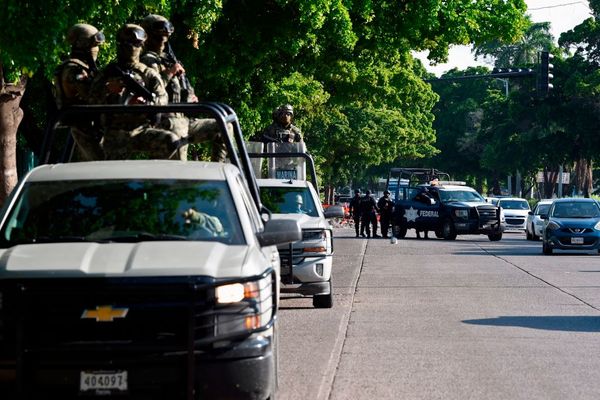
Up to 185,000 properties in Queensland would be considered at “very high risk” of natural disaster if global heating continues unabated, according to a new report that warns that many of those homes would also become uninsurable.
The federal government’s national climate risk assessment report – released on Monday – says climate-related natural disasters would occur more frequently if global temperatures increase.
Many of those risks are compounded in north Queensland, where communities would be vulnerable to higher-intensity cyclones, more intense heatwaves and other impacts.
“Communities in northern Australia – including the Northern Territory, Queensland north, and Western Australia north – are exposed to multiple climate hazards, including heatwaves, flooding, tropical cyclones, and bushfires,” the report said.
“These regions also have a high proportion of their populations living in high-risk areas.”
Those regions already have significantly lower rates of insurance coverage. According to the report, the rate of home building non-insurance in the north is 20% – almost double the rate for the rest of the country.
• Sign up to get climate and environment editor Adam Morton’s Clear Air column as a free newsletter
The director of the Queensland Conservation Council, Dave Copeman, said it was “pretty stark” that 18 of the 20 highest-risk areas in Australia were in Queensland.
“If we are a frog in a slowly boiling pot, this report is literally saying when boiling point is being reached,” Copeman said.
“Lots of people who live in Brisbane and Townsville who have got a home in a flood risk area know how stressful it is. They’re already asking, do I sell?
“It’s not their fault, it’s bad planning and political gamesmanship on an issue we should have been approaching from a scientific point of view.”
The report models three scenarios – temperature increases to 1.5C, 2C and 3C above pre-industrial levels. It says there would likely be 175,000 homes in high-risk areas under the 1.5C scenario, which was the target of the Paris agreement. That figure rises to 185,000 if global heating reaches 3C.
Warming across the Australian continent has already reached 1.5C, the report notes.
The climate risk report’s warnings about the looming insurance risk are nothing new.
When Townsville flooded in 2019, experts warned that some parts of the north Queensland city were “on track to become uninsurable”.
Six years after that “once in a lifetime” flood event, the same Townsville suburbs came under threat again. Fewer people in those areas could afford insurance.
At the time, Dr Karl Mallon, the CEO of Climate Valuation, told Guardian Australia underinsurance – not non-insurance – had become “quite common” in high-risk flood zones.
“Most of the people in high-risk flood zones would not have flood cover, because they can’t afford it.”
Copeman said the report shows the “shocking cost climate inaction will have on our way of life”.
“We’re staring down the barrel of a completely new world where every Queenslander’s life will be harder and our biodiversity will be pushed to the brink,” he said.
“This should be a wake-up call to the federal and state governments that we need to urgently cut dangerous climate pollution, while funding adaptation and resilience measures to prepare our communities for the devastating climate impacts already locked in.
“The impacts are here right now. It’s inevitable that it will get worse. But can we mitigate the extent to which it gets worse? Absolutely we can.”







